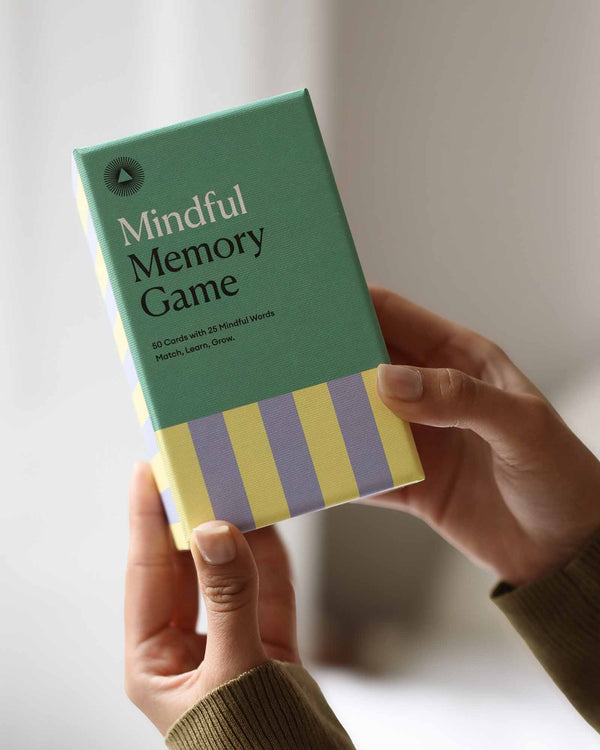Why We Sabotage Our Own Happiness
by Intelligent Change
At some point in life, we’ve all born witness to our own self-sabotage. We strive towards a certain goal and then, when we get there, we give up or redirect our efforts elsewhere.
Some people are more prone to self-sabotage than others, yet, we’ve all fallen victim to our lizard brains at one point or another, and, instead of shooting for the moon, ended up shooting ourselves in the foot.
What is self-sabotage?
Cheating while on a diet; procrastinating tasks; prolonging a more-than-necessary relationship breakup; self-medicating instead of facing problems; the list can go on and on. These behaviors can be so subtle that it can become dangerously difficult for us to recognize the pattern.
In his book Do The Work, Steven Pressfield refers to these behaviors as resistance. A proactive, intelligent, tireless, but also extremely malign force geared solely to stop us on the way of becoming the best version of ourselves.
As Seth Godin likes to say, the lizard brain is a lump in our brain of the size of an almond, responsible for our instinctive reactions, survival, and sex drive: the amygdala.
The amygdala is prehistoric. It’s been around living organisms for millions of years. Genes connected to an organism that doesn’t have the amygdala don’t survive. The amygdala is the most important part of a wild animal’s brain: it helps them survive and reproduce (their genes).
Why are we talking about the amygdala?
Well, it’s the lizard brain’s neurobiological substrate — the tiny machinery behind the process of self-sabotage. While it does do a lot of good when it comes to saving our life, it also makes us vulnerable and participates in drowning our dreams. Let’s find out more about it.
The lizard brain
The lizard brain is hungry, scared, angry, and horny. – Seth Godin
The lizard brain doesn’t like change, risks, or challenges, as it’s fine-tuned to detect them as potential harm. It’s been with us since forever and it seems like this frightened, raging, emotional peanut is here to stay, so we better learn how to deal with it.
The lizard brain is the voice that says:
Watch where you’re going, the bus might hit you, or
Don’t walk through that dark unknown passage at 3 am, keep walking down the main street.
Which is how we avoid life-threatening situations.
Yet, survival doesn’t equal happiness, nor goal accomplishment.
Because this voice also says:
Starting your own business? It’s risky. You’ll lose your savings. You’ll lose the roof over your head. You won’t have any allies. Your children will be hungry. Back off. Slow down. Compromise.
Simply put: the amygdala is there to protect you from predators, but its side effects are fear, uncertainty, and insecurity, as it talks you out of your dreams and makes you stay in your comfort zone.
Paying too much attention to what our lizard brain has to say about our dreams and goals ultimately leads to developing a fixed mindset and self-sabotaging behavior.
Although we depend on the amygdala for our survival and procreation, as rational beings we need to learn when and how to silence it and ignore its input.
The lizard brain’s biggest fears
The lizard brain’s most common fears that lead to self-sabotaging behaviors are (and you might recognize yourself here):
Infringed Self-Worth
Don’t raise your hand to ask that question, they might laugh at you and label you as incompetent.
Losing Control
If they laugh at me and find me incompetent, I’ll never find another job, I’ll end up poor, I’ll lose my home, my health, my sanity (control).
The Impostor Syndrome or Being Perceived as a Fraud
If I reveal my real achievements/abilities, they’ll call me out as a phony.
The Unknown
Starting (something new) is too risky, and I can’t predict the exact outcome, therefore, I’d better back off.
Responsibility
If I become a successful entrepreneur, I’ll get a new set of responsibilities. What if I’m not up to the task?
Remedy #1: Clear goals
One of the best lizard brain antidotes is having clear goals.
If you only have a vague idea of what you want to achieve, the final outcome can easily seem hard to reach or scary, whereas specific, achievable goals, with clearly defined why, can help lower your overall anxiety.
Focusing on your goals can help you ignore the lizard brain’s self-sabotaging input and keep pushing your way to success.
When we want to explore, or do something potentially risky, the almond in our brain we mentioned above, the amygdala, activates.
While the amygdala keeps on sending the message about potential danger, your prefrontal cortex is focused on the goal and helps you control your reactions.
The most vivid example of this kind of self-control is the entrance exam for Navy SEALs. One of the many extremely challenging physical obstacles they are required to overcome is scuba diving with their hands tied, while their instructors mess with their breathing equipment.
Those who fall victim to the amygdala’s fear response and instinctively swim up to the surface for air usually fail. But, those who manage to remain calm despite the adrenaline and focus on the goal of untying the knot or turning the breathing regulator back on, well, they pass the test.
The trick is to stop fearing fear.
Remedy #2: Gratitude and nurturing a growth mindset
One of the lizard brain’s side effects is negativity bias. We often mention it to emphasize that humans are way more sensitive to the negative events in their environment than they are to the positive ones. This is simply a part of our survival strategy.
But as we mentioned before, risk avoidance, fear, negative thinking, and survival are not the path to the stars. They put us at “level zero” — a limbo in which we can neither downgrade nor move forward. We need to balance and complement survival with positivity and personal growth.
One of the most effective ways to combat the negativity bias and stop fearing risks is practicing gratitude. As creators of The Five Minute Journal, we strongly recommend gratitude journaling, as it’s simple, effective and rewarding, and allows you to begin and recap each day with reflection, appreciation and calmness.
However, there are other ways of incorporating gratitude in your life such as grateful meditation or implementing it in your language and communication.
The long term effects of this practice affect not only your mood, motivation, and productivity, but also your physical and mental health.
Shifting your mindset towards the attitude of gratitude is a step forward in abandoning your fixed mindset beliefs and adopting a more constructive growth mindset.
Now you know the reasons and mechanisms behind sabotaging our own happiness. What are you going to do about it?









